
Arts & Culture
What history can really teach us
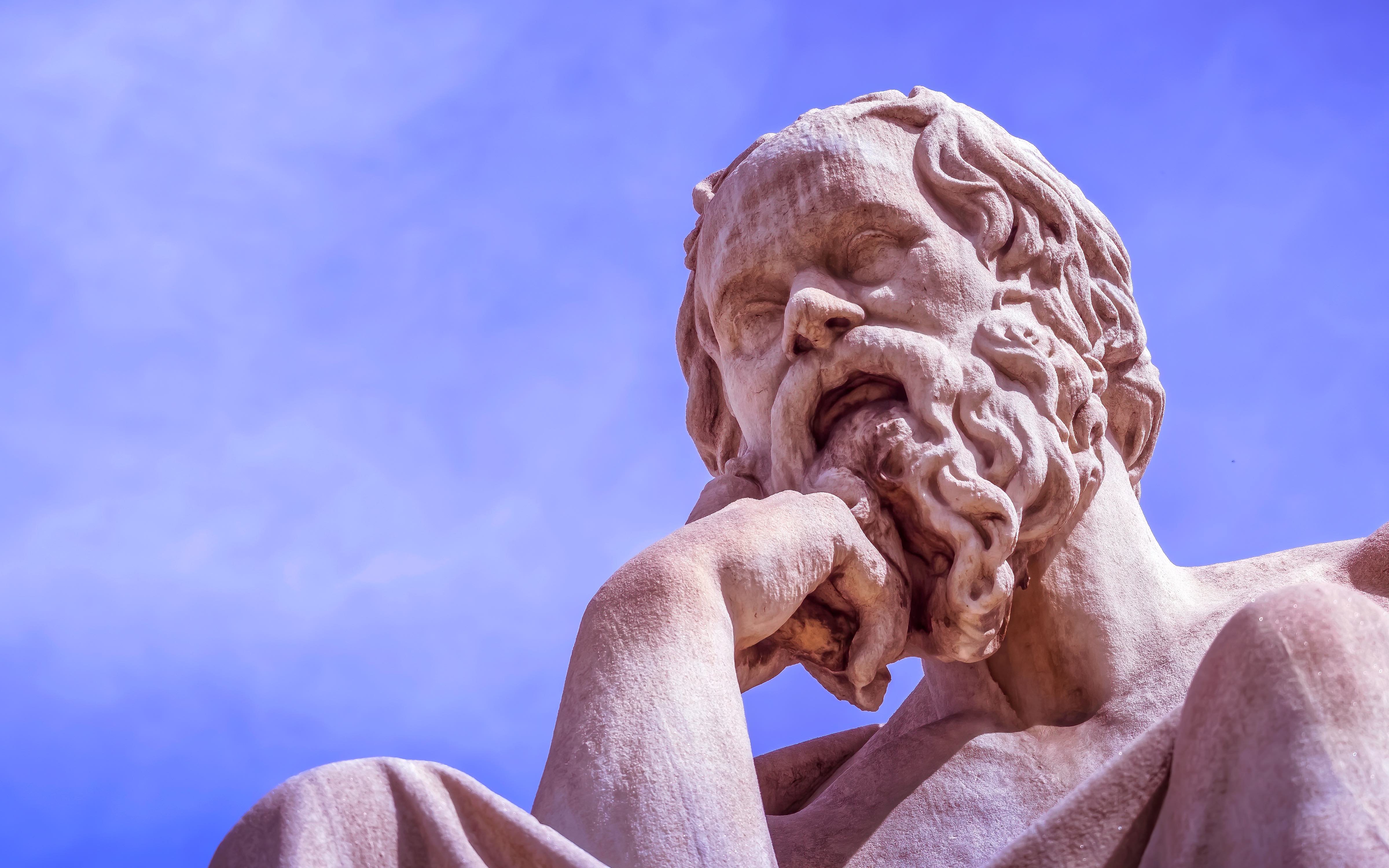
Can you tell Minoan from Mycenaean? Or recall Nero’s dying words? Test yourself in our Classics quiz
Published 22 October 2022
If you can identify your per se from your id est, or rattle off the Seven Wonders of the Ancient World, test your wits against our Classics knowledge experts from the University of Melbourne.
Answers are at the bottom of the page (no cheating) so you can see how you went.
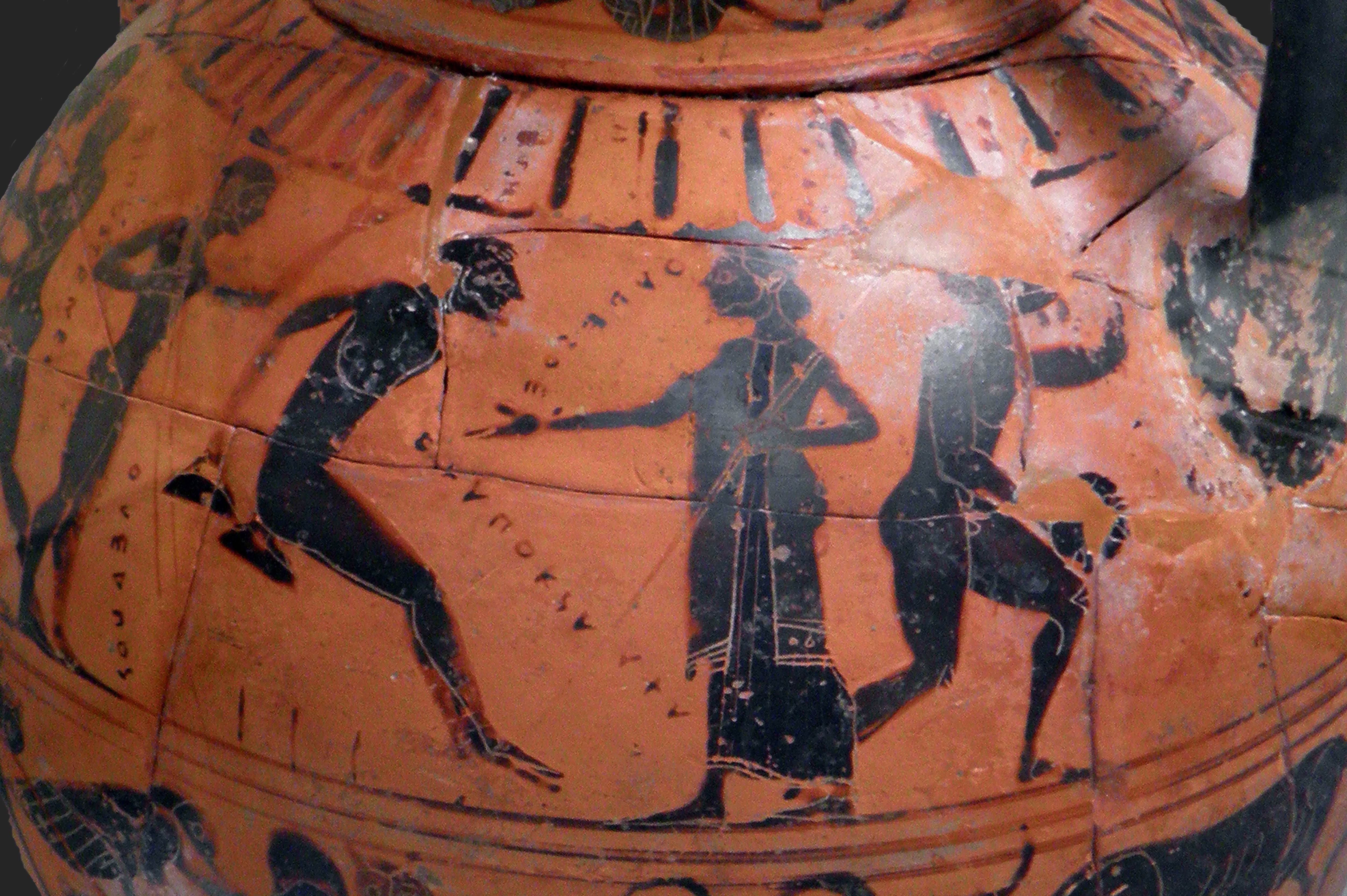
1) Which of the following was NOT part of the pentathlon at the ancient Olympic Games?
a. Javelin
b. Boxing
c. Wrestling
d. Long jump
2) Approximately what percentage of early imperial gladiatorial fights ended in the death of one of the combatants?
a. 20 per cent
b. 50 per cent
c. 80 per cent
d. 100 per cent

Arts & Culture
What history can really teach us
3) The Melbourne War Memorial is based on which of the Seven Wonders of the Ancient World?
a. Pharos (Lighthouse) of Alexandria
b. Hanging Gardens of Babylon
c. Temple of Artemis at Ephesus
d. Mausoleum at Halicarnassus
4) If you were in a caldarium, would you be:
a. Wet and hot
b. Naked and cold
c. Clothed and hungry
d. Hot and clothed
5) With which phrase did Cato the Elder famously end his speeches?
a. Non ducor, duco (I am not led, I lead)
b. Sic semper tyrannis (Thus always to tyrants)
c. Carpe diem (Seize the day)
d. Carthago delenda est (Carthage must be destroyed)
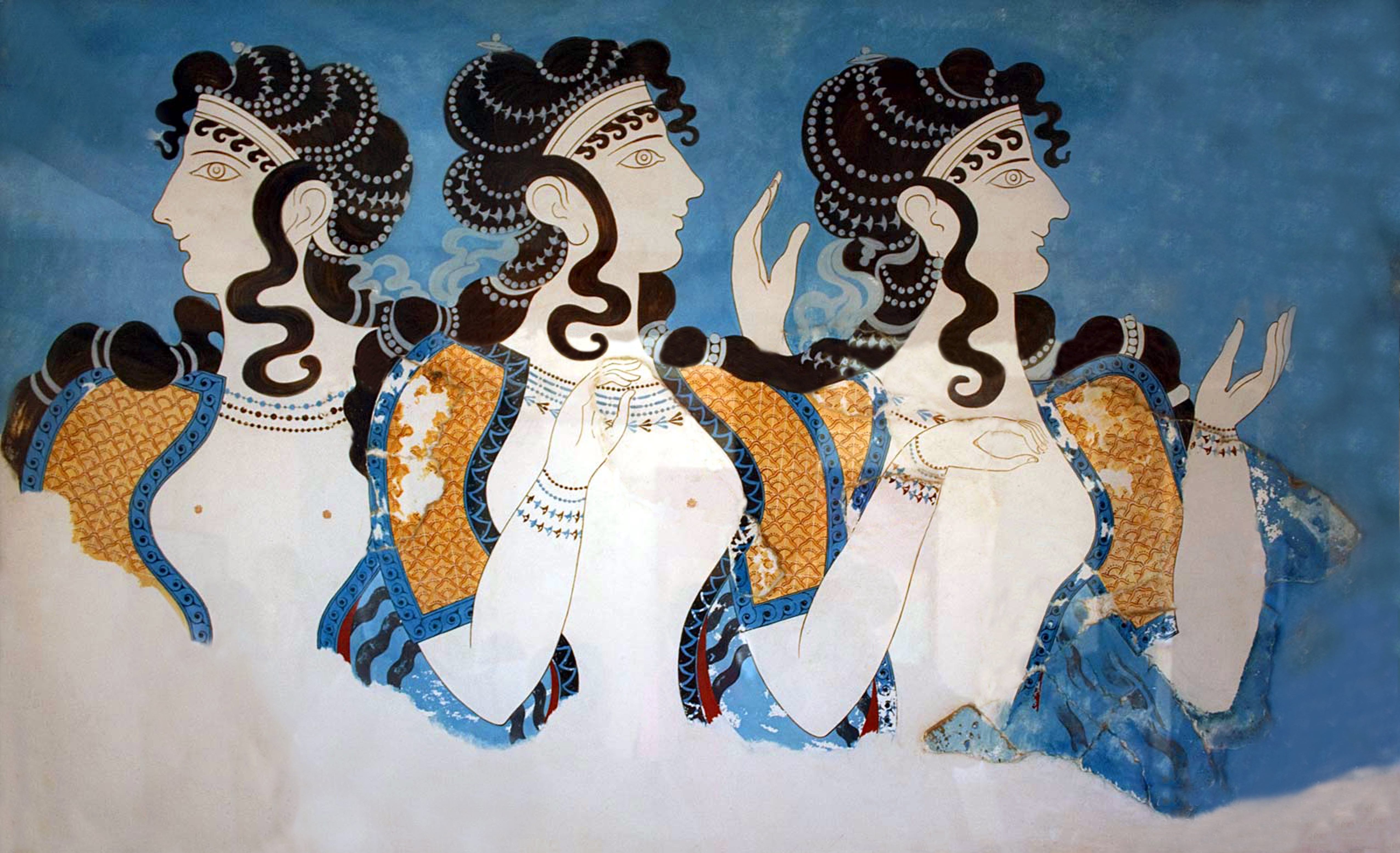
6) What was the name of Helen of Troy’s husband?
a. Paris
b. Menelaus
c. Jason
d. Herakles
7) With which bird do we most associate the goddess Athena?
a. Dove
b. Owl
c. Eagle
d. Kiwi

Arts & Culture
Out of ancient marshes
8) In what year was the Olympic Flame first lit in Olympia?
a. 776 BCE (First Olympics)
b. AD 67 (Nero’s Olympics)
c. 1896 (First modern Olympics)
d. 1936 (Berlin Olympics)
9) In Greek and Roman art, the chimera is usually comprised of which three animals?
a. Ram, bull, eel
b. Panther, hamster, fish
c. Lion, goat, snake
d. Rooster, boar, elephant
10) According to the Roman author, Aelian, “to prevent the stomach of red mullet from bursting during the cooking process, really skilful chefs…”
a. Kiss them on the lips
b. Stuff them with mice
c. Bury them for a week
d. Beat them against a wall while shouting “Neptune!”

11) Lacedaemon is the ancient name for:
a. Corinth
b. Argos
c. Athens
d. Sparta
12) Who was the Greek king punished for his hubris by having endlessly to roll a boulder up a steep hill in the Underworld?
a. Erechtheus
b. Sisyphus
c. Pentheus
d. Atlas

Arts & Culture
Lucky discoveries of lost ancient history
13) Which of the following was a prized element in Roman women’s body oils and cosmetics?
a. Bull semen
b. Eagle blood
c. Gladiator sweat
d. Urine
14) Which of these sites did pioneering archaeologist Heinrich Schliemann NOT excavate?
a. Knossos
b. Troy
c. Mycenae
d. Tiryns
15) Which of these was NOT one of the famed seven hills of Rome?
a. Esquiline
b. Capitoline
c. Vatican
d. Quirinal
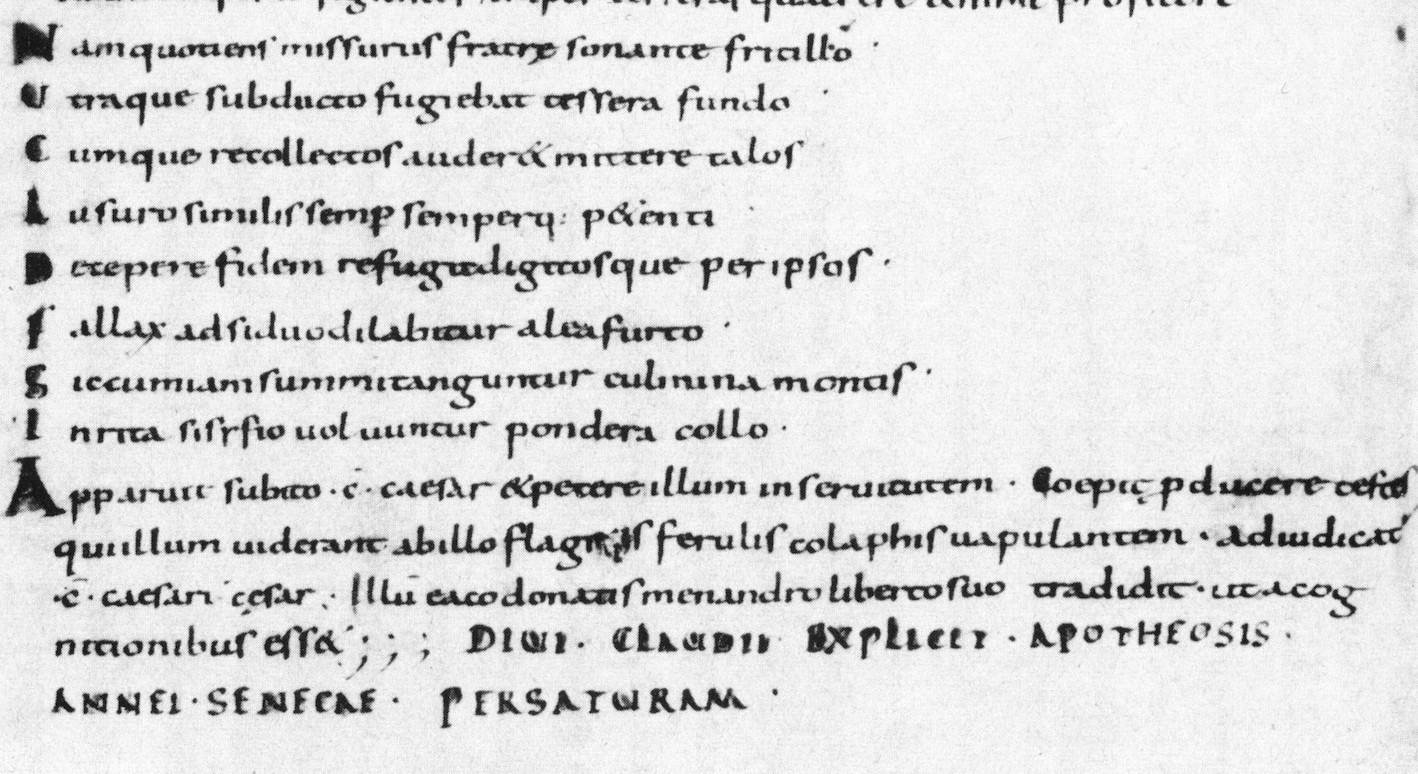
16) In what year did a Roman emperor first die in battle against a foreign enemy?
a. 37 CE
b. 96 CE
c. 114 CE
d. 251 CE
17) Who, according to tradition, first proposed the idea that the sun was the centre around which planets orbit?
a. Aristarchus of Samos
b. Aristotle
c. Copernicus
d. Archimedes

Arts & Culture
A pressing matter: Ancient Roman food technology
18) The remains of the Minoan Bronze settlement of Akrotiri can be found on which Greek island?
a. Mykonos
b. Santorini
c. Aegina
d. Crete
19) In Seneca’s Apocolocyntosis, the emperor Claudius is transformed into:
a. A comet
b. An eagle
c. A pumpkin
d. An ass
20) Attic pottery was produced in which Greek city state?
a. Sparta
b. Potidaea
c. Athens
d. Corinth
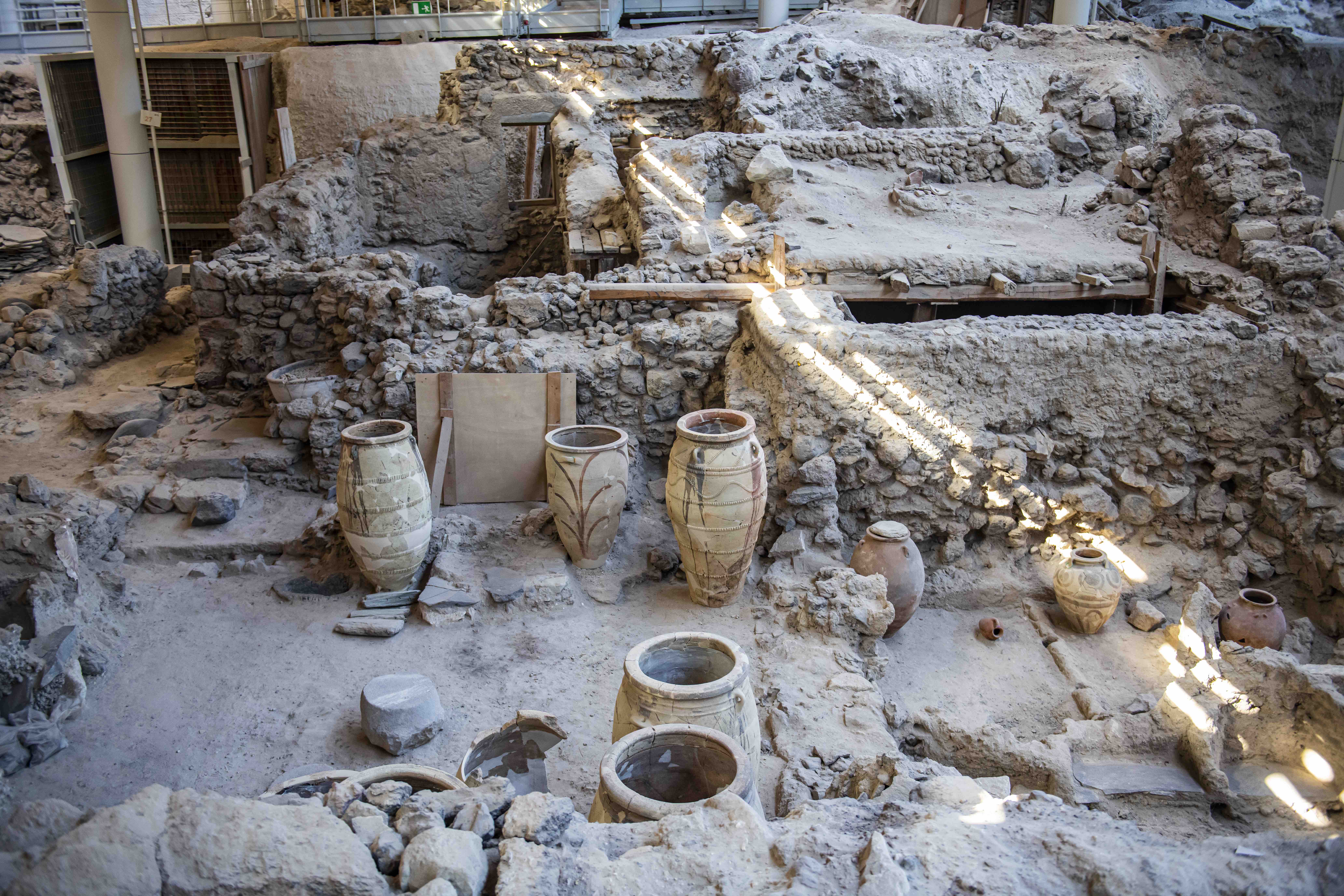
21) The geological formation in Victoria known today as Hanging Rock was previously named after which Greek philosopher?
a. Diogenes
b. Socrates
c. Plato
d. Antisthenes
22) In Homer’s epic poems the Iliad and the Odyssey, singers gain inspiration from:
a. Wine
b. The Muses
c. Zeus
d. Their mothers

Arts & Culture
Narcissus and the drawbacks of being a hot teenage boy
23) Which of these is NOT a Delphic maxim?
a. Respect yourself
b. Know thyself
c. Just do it
d. Aim to be married
24) Mens sana in corpore sano (“A healthy mind in a healthy body,” Juvenal) is the motto of which AFL team?
a. Collingwood
b. Essendon
c. Geelong
d. Carlton
25) What were (supposedly) the emperor Nero’s famous last words?
a. Acta est fabula, plaudite (“The story is done, applaud”)
b. Qualis Artifex pereo (“What an artist dies in me”)
c. Vae, puto deus fio (“Dear me, I think I’m becoming a god”)
d. Veni, vidi, vici (“I came, I saw, I conquered”)
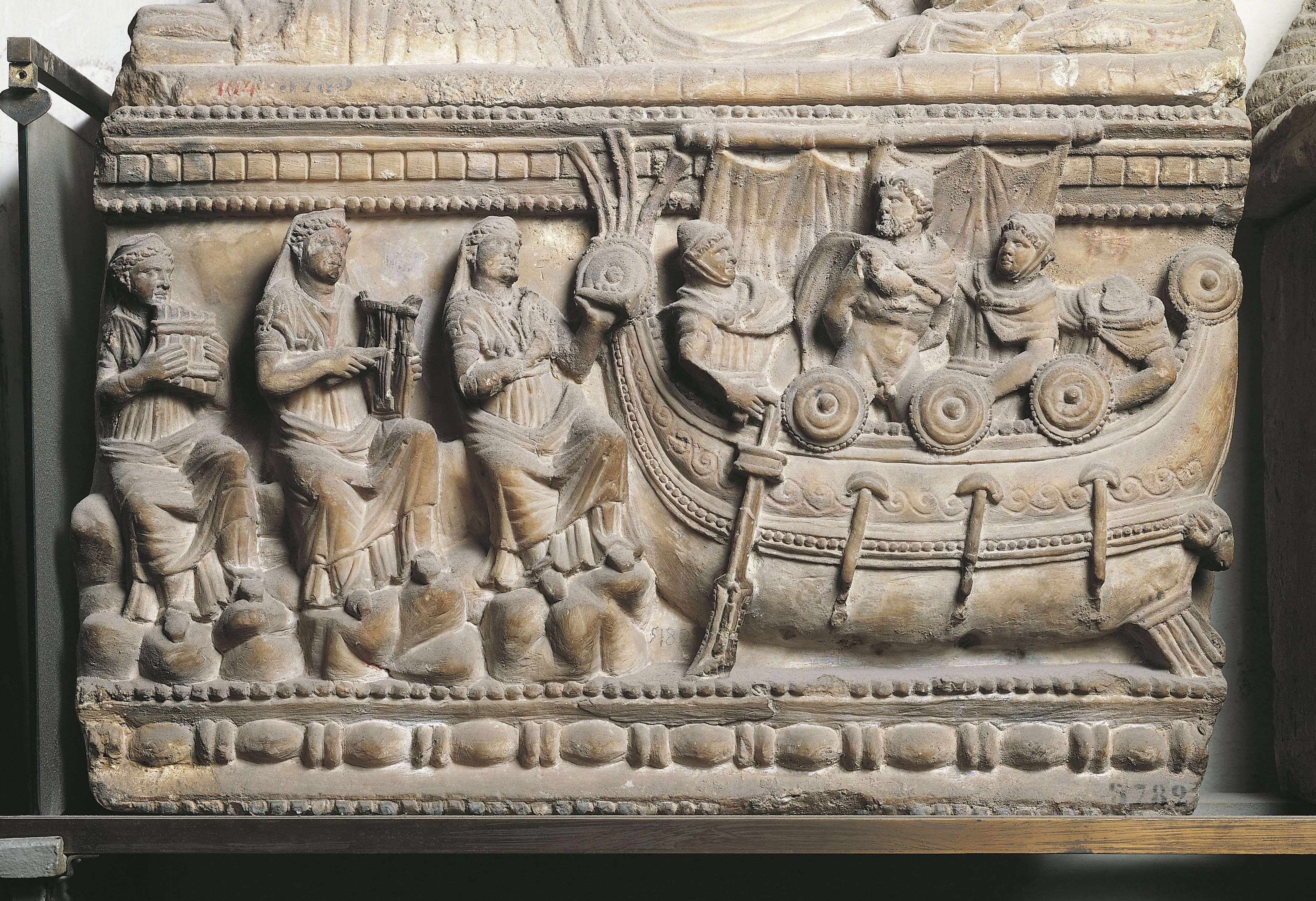
26) Which epic hero is the son of Peleus and Thetis?
a. Aeneas
b. Theseus
c. Achilles
d. Odysseus
27) The controversial politician famed for switching sides between Athens and Sparta during the Peloponnesian War was:
a. Demosthenes
b. Alcibiades
c. Miltiades
d. Timotheus

Arts & Culture
What was it like to be a child in the Roman Empire?
28) Mark Zuckerberg chose which Greek prefix meaning ‘after’ or ‘beyond,’ to be the new name of the Facebook company?
a. Peri
b. Neo
c. Hyper
d. Meta
29) Which of these men failed to make Edward Gibbon’s list of the so-called ‘Five Good Emperors’?
a. Trajan
b. Antoninus Pius
c. Septimius Severus
d. Nerva
30) The Flavian Amphitheatre can be found in…
a. Rome
b. Lyons
c. Antioch
d. London

1) B (Boxing; the ancient pentathlon consisted of long jump, discus, javelin, wrestling and running)
2) A (20 per cent)
3) D (Mausoleum at Halicarnassus)
4) A (Wet and hot; caldarium was the room in a Roman bath complex with a hot, plunge bath)

Sciences & Technology
Laos jars are slowly revealing their secrets
5) D (Carthage must be destroyed)
6) B (Menelaus, the King of Sparta)
7) B (Owl)
8) D (Berlin Olympics; the torch relay was introduced by Hitler’s Third Reich as a means of publicising the Games)
9) C (Lion, goat, snake; traditionally the chimera has the body of a lion, a goat protruding from its back, and a snake for a tail)
10) A (Kiss them on the lips)
11) D (Sparta)
12) B (Sisyphus)
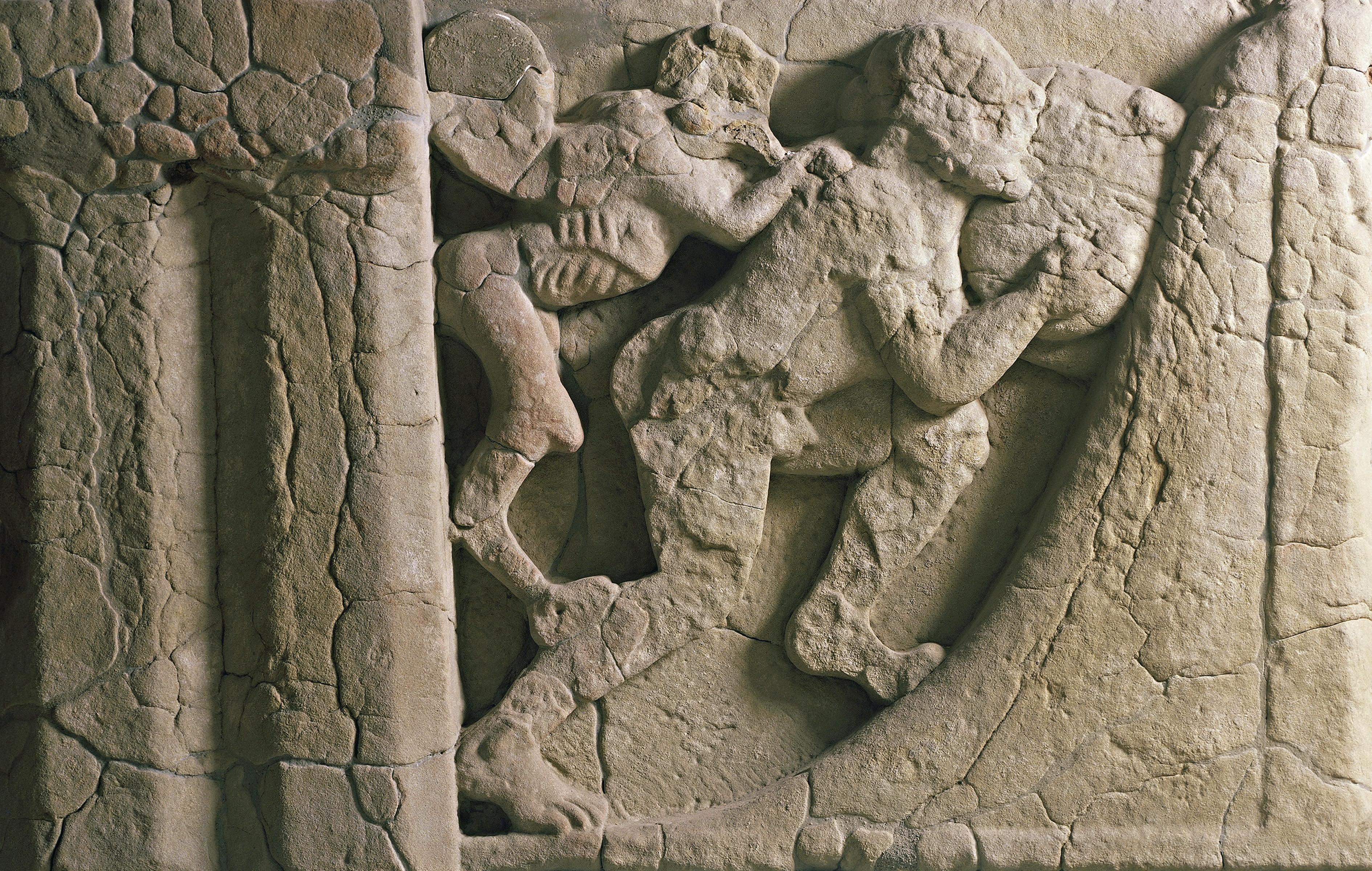
13) C (Gladiator sweat; was guaranteed to improve the complexion)
14) A (Knossos)
15) C (Vatican)
16) D (251 CE; Decius died fighting the Goths in present day Bulgaria)
17) A (Aristarchus of Samos; in the third century BCE)

Arts & Culture
How plague helped make Rome a superpower
18) B (Santorini)
19) C (Pumpkin; Apocolocyntosis literally means “gourdification” or more popularly “pumpkinification”)
20) C (Athens)
21) A (Diogenes)
22) B (The Muses)
23) C (Just do it)
24) D (Carlton)
25) B (Qualis Artifex pereo; “What an artist dies in me”)
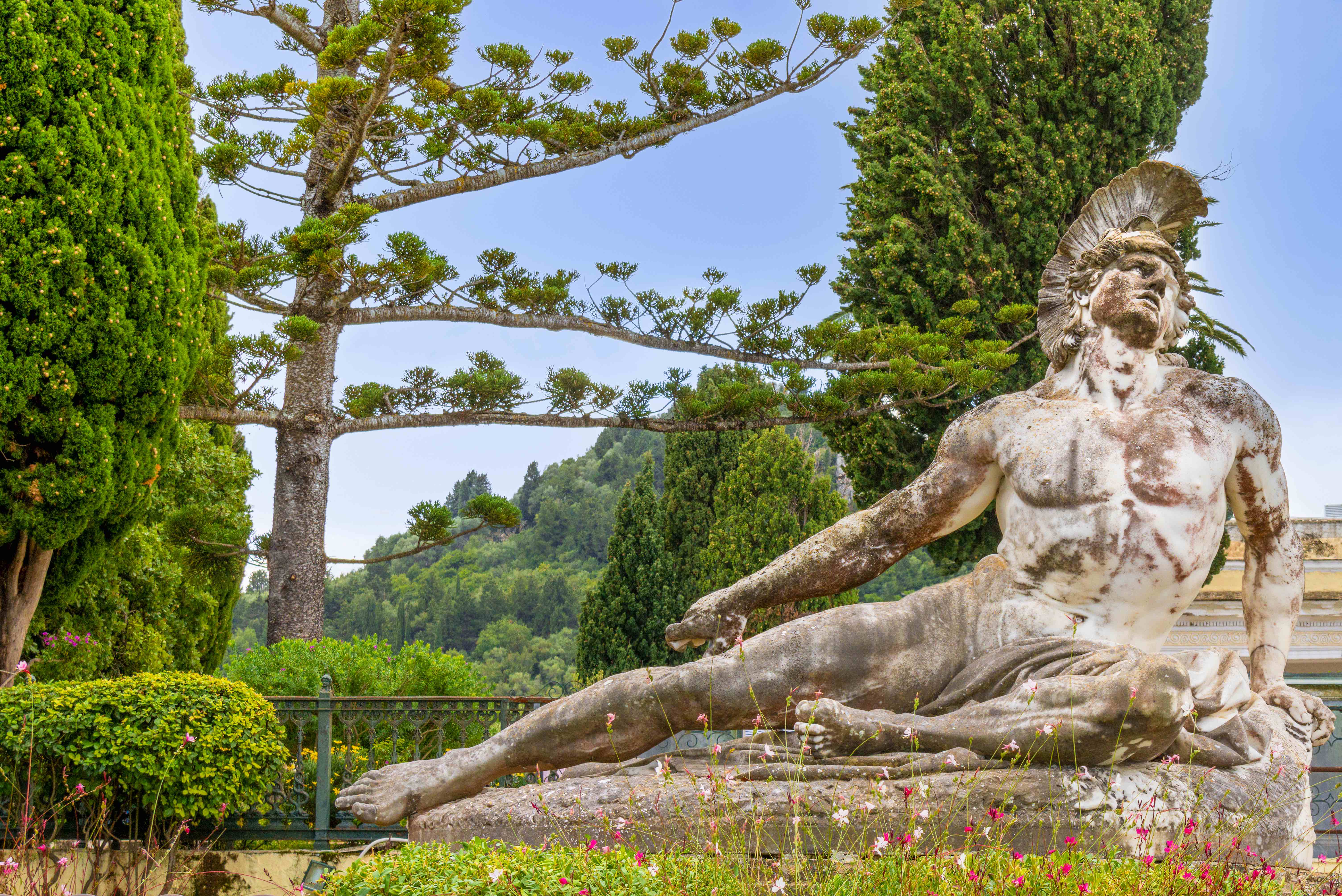
26) C (Achilles)
27) B (Alcibiades)
28) D (Meta)
29) C (Septimius Severus)
30) A (Rome; another name for the Colosseum)